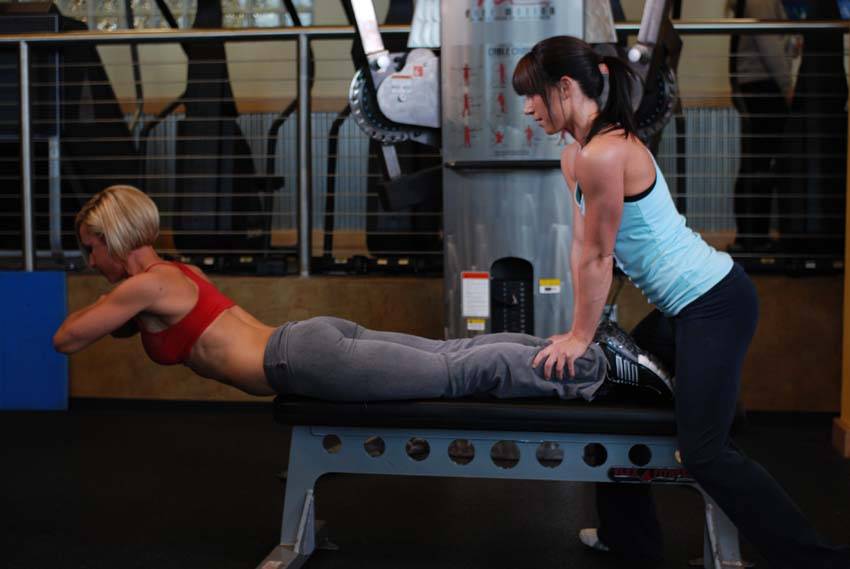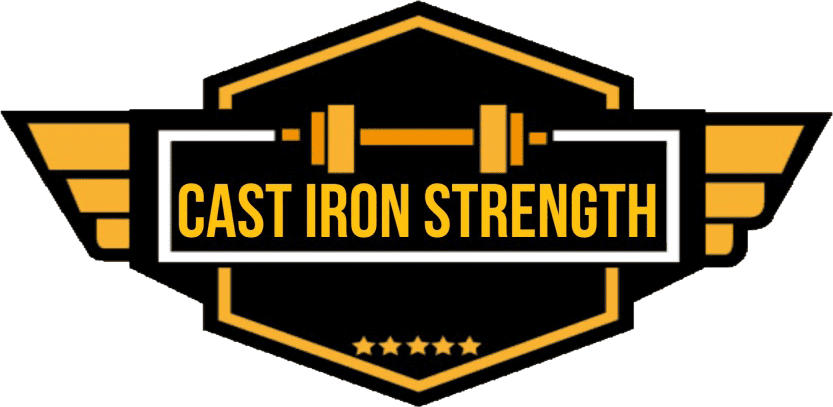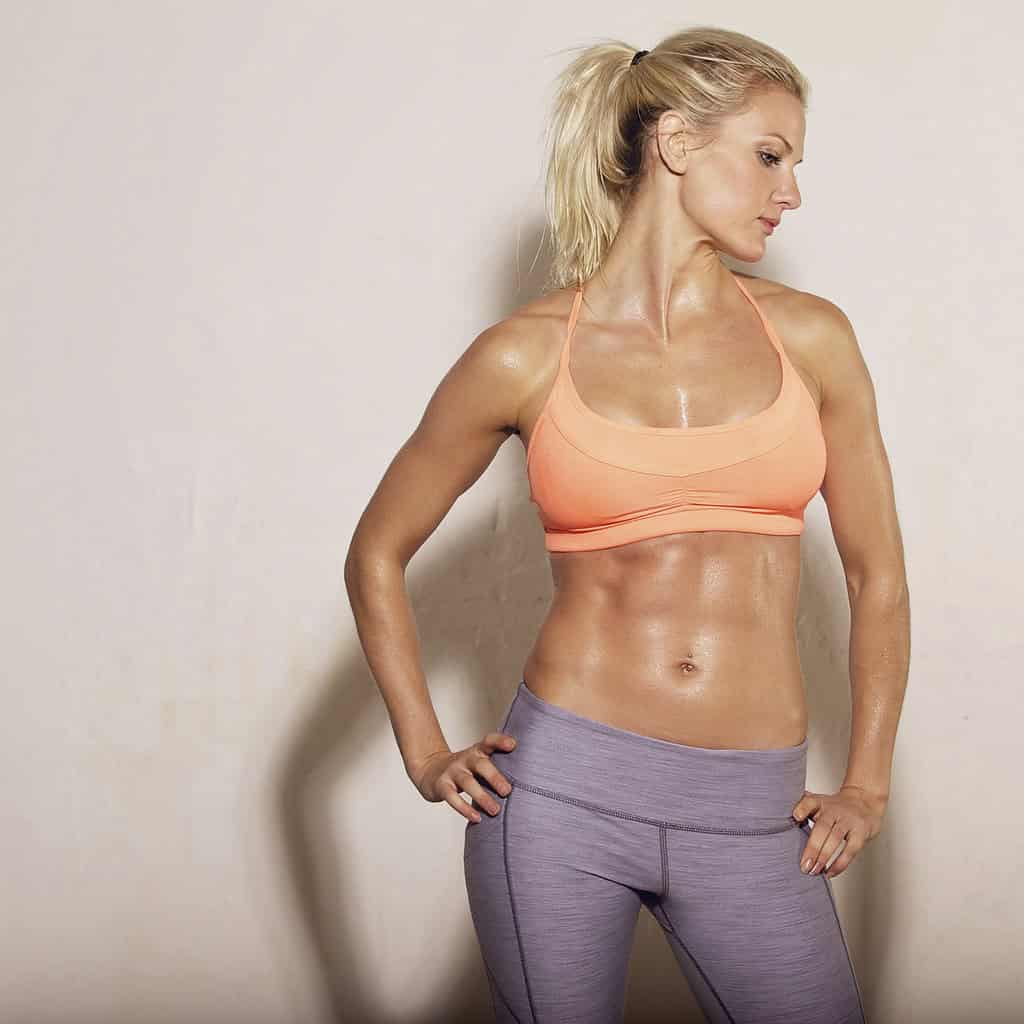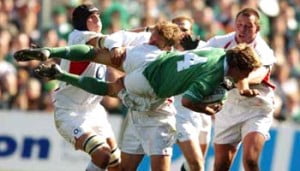I was listening to an interesting podcast this morning called the physio edge on the show they had LJ Lee talking about a few things but of interest to this article is the topic of abdominal training. The crux of the discussion was the validity of plank and side plank as an abdominal exercise, the consensus being that training the spine like a concrete column (i.e. a structure that must remain stiff and of a fixed shape) did not reflect the use of the spine and trunk in sport or movement where it flexes and moves in almost any task.
It has been an opinion of mine that abdominal training is one of the most butchered aspects of almost everyone’s training. It get’s done with a huge frequency and with low load usually unloaded flexion exercises (curls, crunches) and “stability” exercises (planks, side planks etc). I would echo the issues that where raised in the podcast about so called stability training also unloaded flexion exercises are pretty much pointless would you try to get bigger biceps curling a tin of beans? I would hope not.
The trunk is a muscle group same as any other it has just been sexed up a lot more as such it needs to be trained with capabilities and capacities in mind and challenged with enough stress to warrant adaptation.
What I will do now is list functions of the trunk in real world or sporting scenarios and try to help you categorise your abdominal training and show you how you might be able to better train it as a key component to your strengthening work.
The trunk acts as a conduit of force in many situations and as such must remain dynamically stable such as in a rugby tackle for the force generated by the hips and knees to be transferred well into the shoulders and ultimately into the opponent the trunk must remain fixed. We will call this ability –
Dynamic stability / Force transfer activity.
The trunk also can be used to help transfer and even generate torque forces in a throwing task such as hammer throw, baseball pitching or passing a rugby ball. This is common knowledge in throwing sports and as such the obloquies are trained as prime movers with a variety of loaded and rotational exercises. We will call this ability –
Force generation / Rotational power.
A massive factor to a lot of sports is the body’s ability to absorb impacts either in the form of ground reaction forces (running, jumping or change of direction) or from external forces (tackles, punches, catching, kicks or grappling). This is an ability that gets training but often not intentionally. We will call this ability
Force absorption / Dynamic posture correction (aka balance).

Finally we have the static strength of the trunk the sort of strength that will only get challenged when it is being placed under sufficient force exertion that it might actually fail at the task. This sort of activity happens in strength sports, scrums in rugby and in grappling sports. We will call this ability –
Maximal strength in flexion and extension.
How do we train these abilities?
Ability – Dynamic stability / Force transfer activity.
Sample List of exercises – Split Jerk, Push Jerk, Throws, Weighted Jumps, Plyometrics, Tackling Drills, Wrestling, Prowler Push, Boxing, Kicking, Overhead Work of any kind.
When and where should we train this – as you will see we train this aspect a lot but extra training such as jump training or wrestling that is novel for the athlete will help to train this ability.
Ability – Force generation / Rotational power..
Sample List of exercises – Plate Arcs, Half moons, Hammer throw, Javelin Throw, Rugby Pass, Baseball throwing, Wood Choppers, Russian Twist, Rugby pass in hyperextension, passing an overweighted ball, round the stick, Judo throws..
When and where should we train this – again you can create an exhaustive list of exercises for strength and power athletes training heavily weighted throwing tasks can help as well as heavily weighted rotational exercises. I would include these both in your regular sports training but also in your abdominal training I really like some of the thrower abdominal exercises.

Ability – Force absorption / Dynamic posture correction (aka balance).
List of exercises – Snatch and variations, Clean and variations, Unequally loaded drop snatch or single leg task, weighted sprinting drills, Externally resisted leg lifts or candle sticks, tackle drills, wrestling or judo drills, plyometrics, landing drills…
When and where should we train this – Again this ability is practices passively in most sports but we can take it out of it’s normal context and use it in our own training. Judo player? nice whilst you might not have to snatch in competition using it in your own training can help to train your ability to relax (pre explosion in second pull), contract/explode (second pull), relax (moving to receive) and to then stiffen up again (receive position) in a novel way with external load. This is a common motor pattern in many sporting activities and thus having the ability to train it in novel ways and under load can only augment your training.
Ability – Maximal strength in flexion and extension.
List of exercises – barbell sit up, seated good morning, hyper extension, good mornings, stiff leg deadlift, deadlift, GHB sit ups, Candle sticks, toe to bar…
When and where should we train this – this is one of the more traditional ways of looking at abdominal work and something I would be tempted to term as trunk “strengthening” and treat it like you would a traditional exercise.
Putting it together.
Subject – 23 year old amateur field hockey player.
Weights training – 3x a week.
Abdominal training 10 min post every weights session.
Ab session 1
1 – Unevenly loaded split jerk – 3 sets of 3 each leg
2 – Barbell Sit Ups – 3 sets of 5
3 – Weighted Plate arc – 3 sets of 8 + 8
Ab session 2
1 – Alternating DB row out of a GHB – 3 sets of 8 + 8
2 – Twisting Med ball throw for distance – 3 sets of 3 + 3
3 – Drop Snatch good mandating trunk position – 3 sets of 3
Ab session 3
1 – One Arm KB squat snatch – 3 sets of 5 + 5
2 – Barbell A Job – 3 sets of 8 + 8
3 – Barbell Hyper extensions out of a GHB – 3 sets of 8
Hope you find this different or more “functional” way of looking at abdominal training both useful and hopefully fun.
Marc



